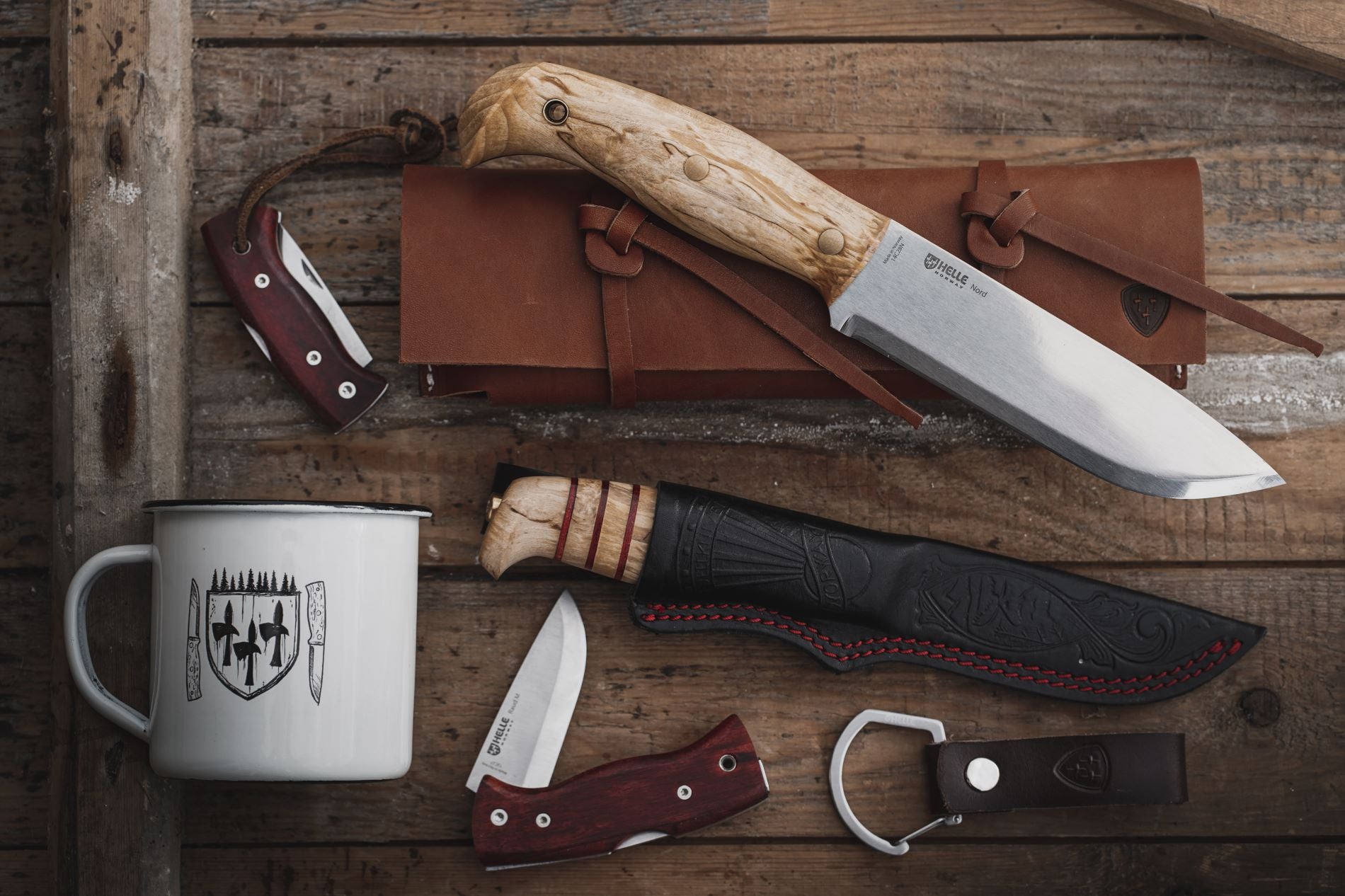Built to last
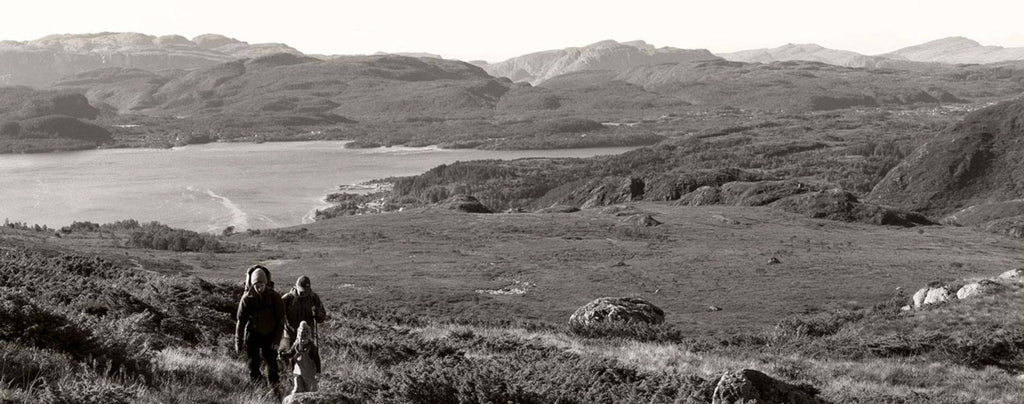
The Long Way Home!
Steinar Helle returned to Holmedal in the late 1920s. Like many Norwegians before him, he had travelled to America after the first world war in order to see the new world and explore its opportunities. Amidst the hustle and bustle of the “roaring 20’s” there was something about the stillness of western Norway that he missed, and that is what drew him home.
When Steinar made the decision to return, he brought with him the understanding, skills and ideas, along with the energy and desire, necessary to start a business in the wilderness of Western Norway.

While Steinar's story was writing itself, another journey was unfolding: The journey of his brother Sigmund. He had spent the past decade learning the temperament of steel from their father, Bernd, the village blacksmith – a vital trade in rural Norway at the time – before furthering his passion by exploring the craft of steel at the forefront of metallurgy in large Norwegian steel plants.
When the brothers’ journeys merged in 1932, they decided they wanted to make a tool. But the question that remained was what tool?
When looking at the local community, it became apparent that most of the knives used by the farmers in their day-to-day lives could be vastly improved upon and made to a much higher standard. At the same time, the local farmers also had an ornamental “dress knife” that would adorn their belt in church on Sundays. So the brothers set out to bring those two worlds together: A knife that would do the heavy work around forest and farm, but was also of a high quality and artistic enough to wear to the most formal occasion.
From that day in 1932, the measure of a good Helle knife wasn’t just functionality and durability, it also had to be beautiful. A company had begun to take shape that would set a new standard in Scandinavian knife production.
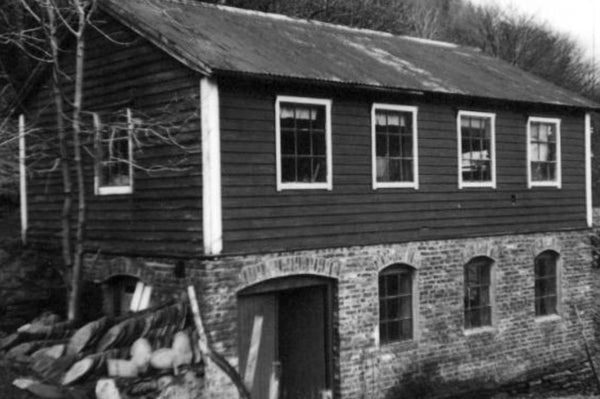
Steinar and Sigmund pursued these goals relentlessly driven by the concept that something half done was not done. The determination these brothers shared is still easily seen when one visits the old workshop located on the family farm, where stone paved water channels on the mountain hillside, built by the brothers themselves, harness the snow and rain that naturally runs off the surrounding mountains powering the factory where it sits today.
Sigmund, being the engineer, worked on developing production while Steinar, armed with the experience of his travels, saw the opportunities to help Helle expand. By the 1940s, the brothers targeted international markets. It was not about just introducing Holmedal to the world, but also the world to Holmedal. They would be happy to know that today the factory happily welcomes visitors from around the world.
Maintaining tradition and principles while always being open to new ideas has defined Helle, and The Helle family has remained committed to keeping production in Holmedal.
Now as the third generation of the family moves Helle forward into the future, the grandsons of the founders still carry the same ethos forward. Here are the words of Svein-Erik Helle, as he talks of his and Jan Steffen’s journey back home just like their grandfathers.
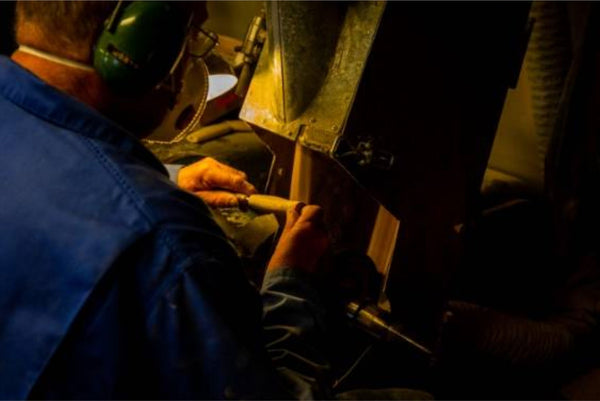
Svein-Erik says: “Jan Steffen and I never felt we had to take over the business. We did so because we genuinely believe that the Helle way of creating has a place in today’s world and that maintaining production in our home community has a value that cannot be measured in money. We believed that items should be made by people who like what they are doing, who are good at what they do, and live good lives close to nature. Items that they can proudly say have both functional and aesthetical qualities, that are built to last. Items that have a home and a soul. That was, and still is, the essence of something made by Helle. That is what Jan Steffen and I set out to preserve. That was our way home.”
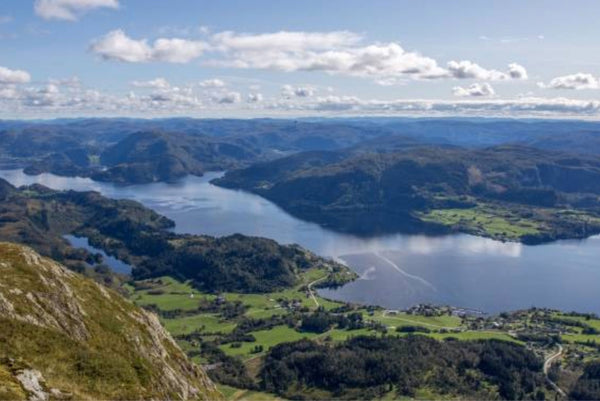
“Maintaining production in our home community and not falling for the temptation to earn a little bit more is at the core of our values. We all play a part in society and our responsibility is more than creating the product. It is existential.”
Svein-Erik Helle

